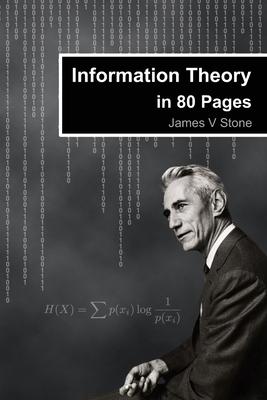This short and richly illustrated book introduces the essential mathematics required to understand information theory. Originally developed by Claude Shannon in the 1940s, information theory laid the foundations for the digital revolution, and is now an essential tool in telecommunications, genetics, linguistics, brain sciences, and deep space communication. Accessible examples are used to introduce information theory in terms of everyday games like "20 questions" before more advanced topics are explored. Online Matlab and Python computer code provides hands-on experience of information theory in action. Written in an informal style, with a comprehensive glossary, this concise text is an ideal primer for novices who wish to gain a firm grasp of the essential principles of information theory.

This short and richly illustrated book introduces the essential mathematics required to understand information theory. Originally developed by Claude Shannon in the 1940s, information theory laid the foundations for the digital revolution, and is now an essential tool in telecommunications, genetics, linguistics, brain sciences, and deep space communication. Accessible examples are used to introduce information theory in terms of everyday games like "20 questions" before more advanced topics are explored. Online Matlab and Python computer code provides hands-on experience of information theory in action. Written in an informal style, with a comprehensive glossary, this concise text is an ideal primer for novices who wish to gain a firm grasp of the essential principles of information theory.